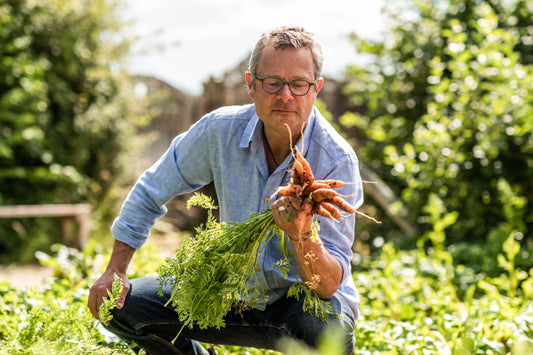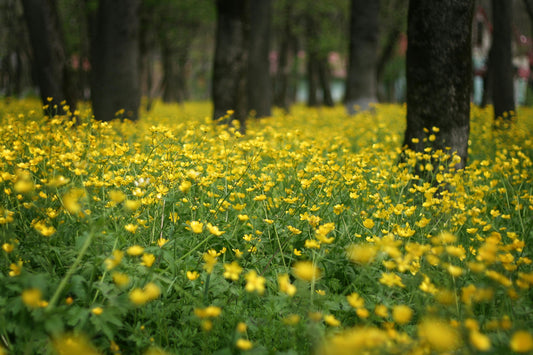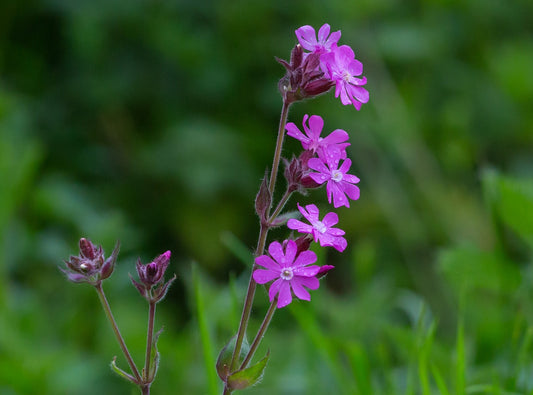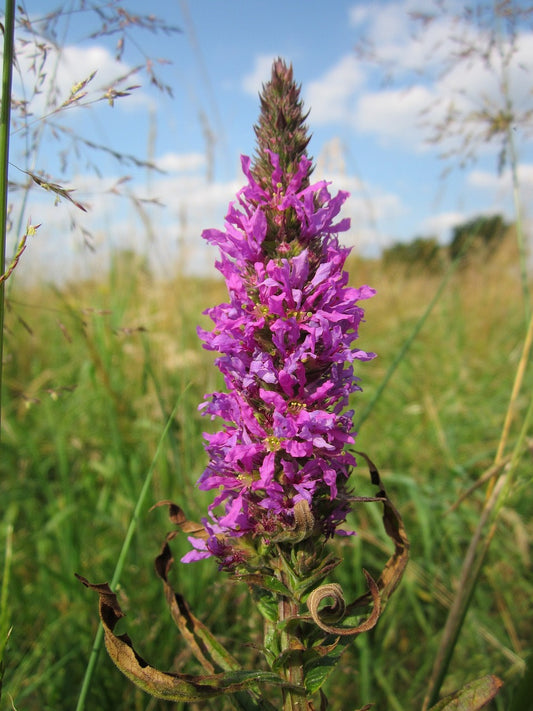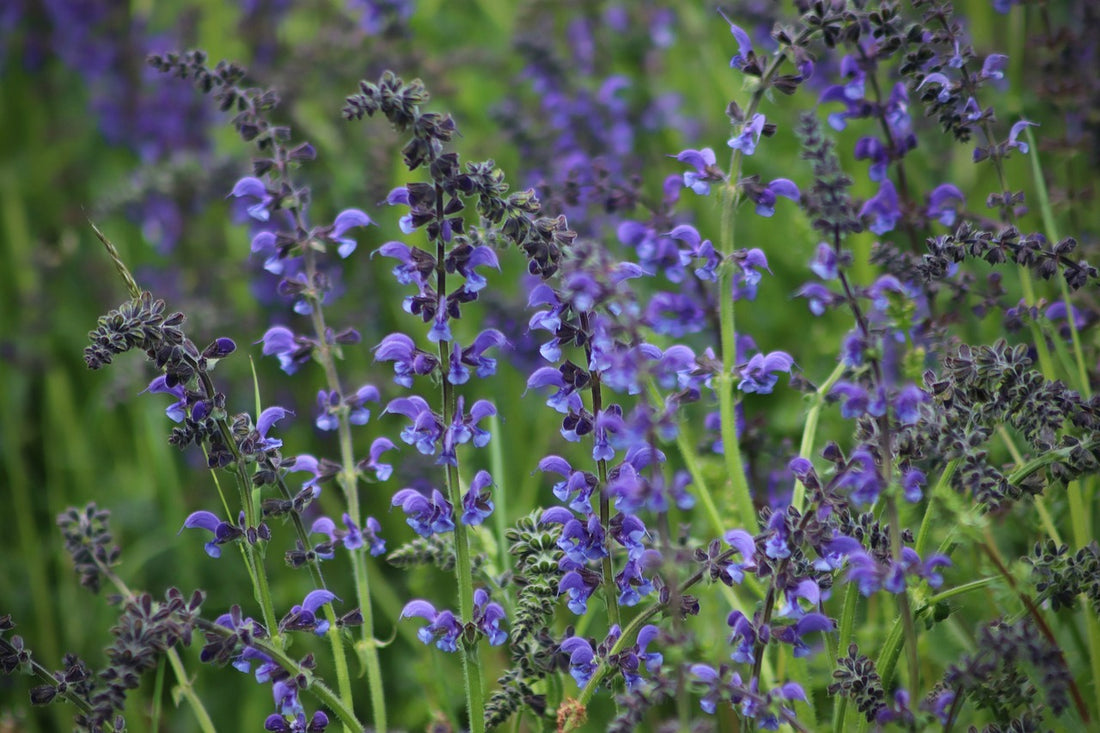
Growing and Caring for Common Sage: The Ultimate Herb Garden Guide
Planting Common Sage: Your Essential Guide to Growing This Versatile Herb
Common Sage (Salvia officinalis) is a popular herb known for its culinary and medicinal uses. Its aromatic leaves add depth to dishes and its ornamental qualities enhance garden aesthetics. This comprehensive guide will walk you through the process of planting, caring for, and using Common Sage, ensuring a thriving herb garden.
What is Common Sage?
Common Sage is a hardy perennial herb native to the Mediterranean region. It features grey-green leaves with a distinctive fragrance and purple to blue flowers. Known for its culinary and medicinal properties, Common Sage is a valuable addition to any garden.
Benefits of Growing Common Sage
There are many reasons to include Common Sage in your garden:
• Culinary Uses: Adds flavour to a variety of dishes, including meats, stews, and sauces.
• Medicinal Properties: Known for its anti-inflammatory and digestive benefits.
• Ornamental Appeal: Attractive foliage and flowers enhance garden aesthetics.
Ideal Planting Time for Common Sage
The best time to plant Common Sage is in spring after the last frost, or in autumn for a winter harvest. This allows the plant to establish roots before extreme temperatures.
Choosing the Right Location for Common Sage
Common Sage thrives in sunny locations with well-drained soil. It prefers a spot that receives at least 6 hours of sunlight each day. Ensure good air circulation around the plant to prevent fungal diseases.
Preparing the Soil for Common Sage
1. Soil Preparation: Loosen the soil to a depth of 15 cm (6 inches) and mix in compost to improve fertility and drainage.
2. pH Level: Common Sage prefers slightly alkaline soil with a pH between 6.0 and 7.0.
How to Plant Common Sage Seeds
1. Sowing Seeds: Start Common Sage seeds indoors 6-8 weeks before the last frost date. Sow seeds in seed trays or pots and cover lightly with soil.
2. Transplanting: When seedlings are about 5-7 cm (2-3 inches) tall and the risk of frost has passed, transplant them outdoors, spacing them 30-45 cm (12-18 inches) apart.
Caring for Common Sage
1. Watering: Water regularly but avoid overwatering. Allow the soil to dry out between watering to prevent root rot.
2. Pruning: Trim back Common Sage annually in late winter or early spring to promote new growth and prevent the plant from becoming leggy.
Common Pests and Diseases
Common Sage is generally resistant to pests, but watch out for aphids and spider mites. Fungal diseases such as powdery mildew can occur in humid conditions. Ensure good air circulation and avoid overhead watering to minimise risks.
Harvesting Common Sage
Harvest Common Sage leaves just before the plant starts to flower for the best flavour. Cut stems in the morning when the essential oils are most concentrated. Dry the leaves in a cool, dark place for long-term storage.
Using Common Sage in Your Kitchen
Common Sage is a versatile herb that complements a range of dishes. Use fresh leaves in stuffing, roasted meats, and soups, or dried leaves in herb blends.
Companion Plants for Common Sage
Pair Common Sage with other Mediterranean herbs such as rosemary, thyme, and oregano. These plants have similar growing requirements and create a fragrant herb garden.
Conclusion
Growing Common Sage in your garden is a rewarding endeavour, offering both culinary delights and garden beauty. With proper planting and care, you can enjoy fresh sage for cooking, enhance your garden’s aesthetics, and benefit from its medicinal properties.

